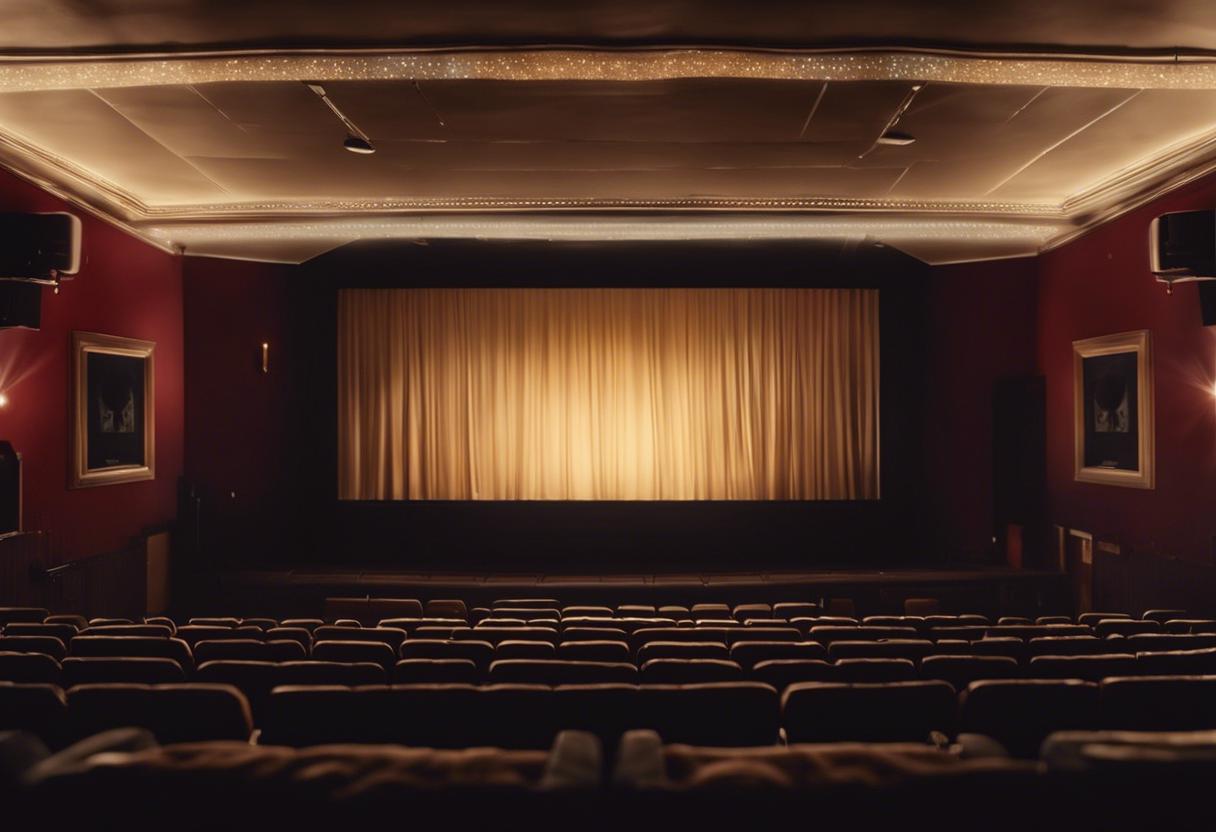The transition from traditional linear TV to on-demand video streaming has amplified the importance of content, making it the driving force of broadcaster success. This challenges Irish broadcasters as they compete with international giants such as Disney and Netflix, both known for their vast resources. On the other hand, Stuart Switzer, the founder and former CEO of Coco TV, suggests that with a focus on original, locally influenced content, Irish broadcasters can still captivate viewers.
The strained state of public broadcasting service RTÉ, particularly evident in recent funding struggles, is a case in point of the ongoing pressures. Switzer elaborates that when Irish broadcasters adapt popular UK TV formats, they usually operate with half the budget of their UK counterparts. Insisting on the same level of production value on such a budget poses a considerable challenge.
The broadcast sector warmly received the news that RTÉ had secured funding for the next several years. According to Switzer, it marks an unprecedented move for a government-owned corporation and promises stability for the broadcaster. More so, it enables companies like Coco TV to commit to creating content over extended periods.
The new financial model should effectively bolster the structures of both the broadcaster and the commissioned production houses. This reinforcement is timely, given the impending escalation of difficulty in the broadcasting field. Currently, streaming majors such as Disney, Prime, and Netflix do not offer ad space for Irish advertisers – although, this is set to change. Switzer warns that as this happens, advertising revenues will gravitate towards the popular streaming channels, causing traditional broadcasters like RTÉ and Virgin to lose money and consequently, reduce their content budgets.
However, this shift will introduce broadcasters to alternative funding and advertising models, such as branded content. While some skeptics might frown upon the blurring of advertising and editorial content, the truth is, it’s already been happening subtly through ‘sponsored messages’ or product giveaways on TV shows. The difference now is a more refined strategy involving brand collaborations or narrative-led product placements.
Sinéad O’Connor, the head of branded entertainment at Dentsu, explains that creating captivating narratives in line with a brand’s messaging can yield compelling tales for audiences. While traditional brand placements and visible logos might not always be the focus, it’s about aligning the content with the essence of the brand.
However, the narrative isn’t just about content but also involves the utilisation of intellectual property rights. O’Connor cites Sky’s use of ‘Minions’ as an example of creatively illustrating the speed of its broadband. Currently, she is also assisting a client to obtain the license rights to ‘Angry Birds’ IP for brand promotion.
O’Connor also talks about the need for broadcasters to trust in this new model that can deliver high quality editorial content whilst still being associated with a brand. She points out that the success of ‘Barbie the movie’ is proof of the actual possibilities these models behold.
The funding landscape is also evolving, says Winterlich. The Broadcasting Authority of Ireland has already reserved €5 million as grants for broadcasters and programme creators for content surrounding climate change. Additional appeals have been sent for programmes regarding diversity.
However, Switzer expresses an interesting notion about tax incentives for unscripted content, counting factual as well as entertainment genres, a scheme he would warmly embrace. With the film industry having prospered from tax relief for the past forty years, such incentives could emulate a similar success for Ireland in terms of quality.
But Switzer cautions that such a reward should certainly be more than just a subsidy for imported US gameshows that are produced by an Irish company. As the owners of these shows are likely to produce them wherever there’s a beneficial deal available, the focus should be on its utilisation for promoting creativity within homegrown companies, including the development of original formats and concepts and owning the intellectual properties.
Switzer highlights that any monetary incentive must fit within state aid restrictions, potentially passing an EU Cultural Test. However, he’s optimistic that the reward will primarily support the growth of innovative Irish Production companies.
O’Connor highlights the crucial nature of local Irish content in the increasing selection of advertising platforms available for brands. This, she suggests, can be effectively harnessed in strategic brand partnerships, such as Ikea’s collaboration with RTÉ’s Home Rescue, a Coco TV production.
Switzer agrees that the meeting point of commercialism and creativity can yield impressive results.
In the face of competition, O’Connor underscores the importance for Ireland’s broadcasters to give precedence to a digital-first approach, a step that many have already made, but need to enhance further to maintain their foothold against competitors.
She says that contrary to popular perception, these broadcasters have already achieved significant success with their digital players, especially amongst younger audiences. This success is not only dependent on technological investment but also substantial content investments.
O’Connor also indicates that the shift away from set television schedules provides brands with a new avenue for exposure. Additionally, the international appeal of Irish content presents a bonus for production companies.
O’Connor mentioned that companies with the capacity to finance their productions shouldn’t rule out ad-supported shows. Dentsu Global’s successful collaboration with Amazon Prime Video on the Live Italian show, funded by Birra Moretti, is a case in point. This venture marked Heineken Group’s first foray into brand-funded shows and made a mark in international markets.
O’Connor opines that if the editorial quality is high, companies may entertain the idea of a tape sale even if they aren’t involved initially.
She observes that the proposed content levy on streamers to stimulate the production of Irish or European content can help counterbalance the dominance of the US content. She also lauds RTÉ’s plan to delegate more productions to the independent sector, a move that promises to be beneficial.
As per his assessment, it’s not yet the peak for Irish production companies, but he suggests they are on an upwards trajectory towards this pinnacle.

